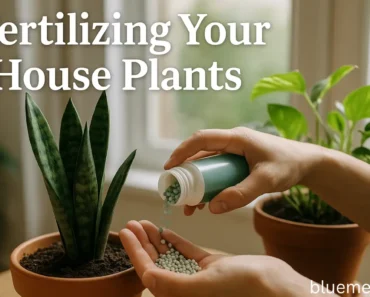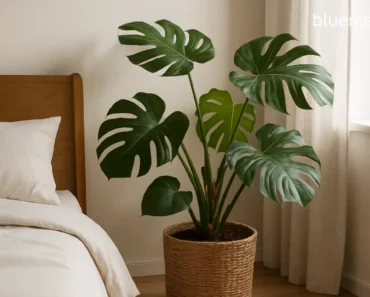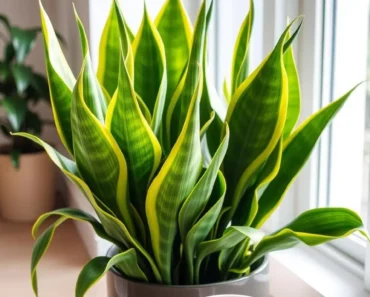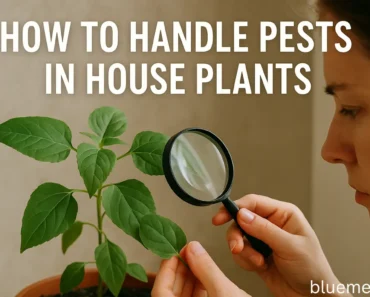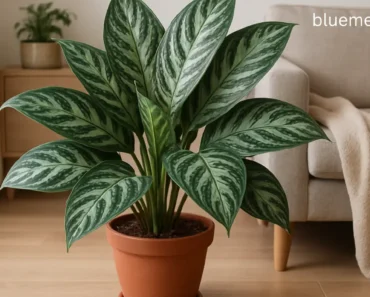By George WINE|
Yesterday, I was standing in my dining room, staring at my collection of plants, when my neighbour walked by the window. She stops, points at my thriving jungle, and mouths “HOW?!”
I laughed because, honestly? Three years ago, I was the serial killer of Tucson. And I’m supposedly a professional! I’ve got degrees in this stuff!
But here’s what nobody wants to admit: we’re all just winging it with our plants half the time.
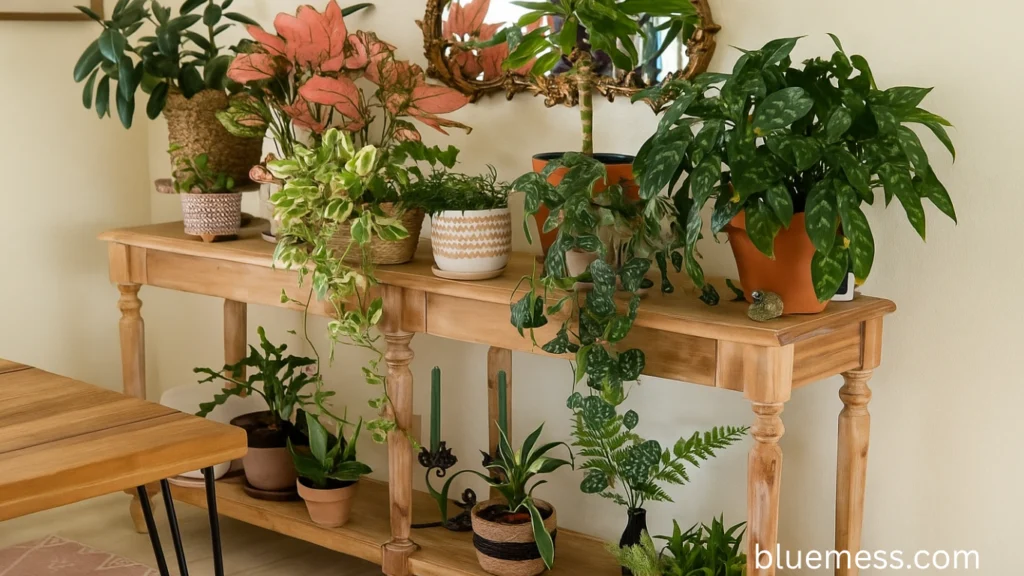
Table of Contents
Can We Just Be Honest for a Second?
You’ve googled “how often to water houseplants” at least seventeen times. You’ve stood there with your watering can, having a full-on existential crisis. Is the soil moist enough? Too moist? What even IS moist?
And don’t even get me started on those plant care tags. “Water regularly.” Thanks, Sharon. Super helpful. 🙄
Look, I’ve been doing this plant thing professionally since before Pinterest made everyone think they needed a monstera. Started as what they call an “interior landscaper” (basically, I kept office plants alive so Karen from accounting didn’t have to). And even with all that experience, do you want to know a secret?
I still overwatered my Peace Lily last month. It’s currently in the plant ICU (aka my bathroom), recovering from my enthusiasm.
Why Everything You’ve Read About Watering is Probably Wrong
Okay, not wrong. But not right for YOU. Because here’s the thing that drives me absolutely bonkers – everyone’s out here advising like we all live in the same house with the same plants and the same everything.
My friend in Portland tells me she waters her fiddle leaf fig every two weeks. TWO WEEKS! Meanwhile, here in the Arizona desert, if I tried that, I’d have a very expensive stick. My fiddle leaf? That thirsty drama queen needs Water every 5-6 days in summer, or she’ll throw a complete tantrum.
Let Me Paint You a Picture…
It’s 7 AM. I’m doing my morning plant rounds (yes, I’m that person), coffee in one hand, talking to my plants like they’re my therapists.
“Morning, Gerald,” I say to my Snake Plant. (Yes, I name them. Fight me.)
Gerald doesn’t need Water. Gerald NEVER needs Water. I think Gerald is immortal. Once, I forgot about Gerald for two months, and he looked better. Snake Plants are like that ex who thrives when you ignore them.
But then there’s my Monstera, Dolores. Dolores is… high maintenance. She wants Water exactly when she wants it, not a day before or after. How do I know when Dolores needs Water? She droops at me. It’s like living with a passive-aggressive roommate.
The Real Truth About Different Plants
Remember when I said plants are like people? Let me break this down in a way that’ll stick:
Succulents = That friend who never texts back
They’re fine. They don’t need you. Stop hovering. I water my succulents about once every three weeks, and they probably think that’s too often.
Ferns = Your needy best friend
Always wanting attention, always slightly dramatic, will tell everyone if you neglect them for even a second. My Boston Fern crisps up if I’m two days late with Water.
Pothos = The golden retriever of plants
Happy to see you whenever, pretty chill about everything, impossibly forgiving. I’ve brought pothos back from the dead more times than I can count.
Fiddle Leaf Fig = That person who looks perfect on Instagram but is a hot mess
Gorgeous? Yes. Easy? HAHAHA no. Will drop leaves if you move it two inches to the left.
Okay, But Seriously – how do you know when to Water?
Forget everything you’ve heard about schedules. Throw your plant app in the trash (okay, keep it, but don’t rely on it). Here’s what I do:
The Finger Test (But Make It Real)
Stick your finger in the soil. Does it feel like a wrung-out sponge? Perfect. Does it feel like dust? Water that baby. Does it feel like mud? Step away from the watering can, you’re drunk with power.
But here’s what they don’t tell you – different plants want different levels of “wrung-out sponge.” My Prayer Plant? She likes it on the moist side. My ZZ Plant? Drier than my sense of humour.
The Weight Thing Nobody Mentions
Pick up your plant. I’m serious. After a while, you’ll know if it needs Water just by how heavy the pot feels. It’s like how you can tell if your purse contains your phone without looking. Plant parent intuition is real.
Can We Talk About Seasons for a Hot Second?
This blew my mind when I figured it out. Your plants know what season it is. THEY KNOW. Even inside your climate-controlled house, they know.
Last winter, I continued watering my Rubber Plant on the same schedule as I had in summer. Poor thing nearly drowned. Plants slow down in winter like the rest of us. They’re wearing tiny plant sweatpants and binge-watching Netflix. They don’t need as much Water.
Now? I water most of my plants half as often in winter. My Pink Aglaonema goes from every week in summer to every two weeks in winter. She told me this herself. (Okay, she didn’t TELL me, but the root rot spoke volumes.)
The Embarrassing Mistakes I’ve Made (So You Don’t Have To)
The Time I Killed a Cactus
Yes, you can overwater a cactus. Yes, it’s as embarrassing as it sounds. RIP, Spike. You deserved better.
The Great Fungus Gnat Invasion of 2019
Overwatered everything. Had a biblical plague of gnats. My husband threatened to move out. Good times.
The Miracle-Gro Incident
Thought if a bit of fertiliser were good, more would be better. Nope. Burned the roots of half my collection. They looked like they’d been through plant chemotherapy.
The Vacation Massacre
Asked my neighbour to water my plants. Gave her a detailed schedule. She… enthusiastically overachieved. Came home to botanical soup. We don’t talk about it.
What’s Actually in My Watering Arsenal
People always wanna know what fancy equipment I use. Ready to be disappointed?
- A red watering can I’ve had for 5 years (the long spout is *chef’s kiss*)
- A squeeze bottle I stole from my hair dye kit (perfect for tiny pots)
- An old spray bottle for my air plants and ferns
- My finger (high-tech moisture meter right there)
That’s it. That’s the list: no apps, no meters, no fancy self-watering systems. Just me, wandering around my house like some plant witch, poking soil and muttering to myself.
The Water Quality Rabbit Hole
Okay, I’m gonna get a little nerdy here, but this changed EVERYTHING for me. You know those crispy brown tips on your plants? The ones that make you feel like a failure? Might not be your fault.
Tap water can contain chemicals and minerals that accumulate in the soil. I live in Arizona, where our tap water is often described as “liquid rock.” Started using filtered Water, and suddenly my plants stopped looking like they’d been through a blow dryer.
Do you NEED filtered Water? No. But if you’re doing everything right and your plants still look crispy, maybe give it a shot. Or just let tap water sit out overnight. The chemicals evaporate, and your plants receive a nice, room-temperature drink. They’re bougie like that.
Mixed Planters: A Beautiful Disaster Waiting to Happen
You know those gorgeous arrangements with, like, a succulent and a fern and maybe some ivy? They’re the plant equivalent of putting a cat, a fish, and a bird in the same cage. Someone’s not gonna make it.
I tried this once. I made this stunning arrangement for my coffee table. Three weeks later, the fern was dead, the succulent was dying, and only the pothos survived (because pothos are invincible). Now I keep my drama queens separated.
Real Talk: You’re Gonna Kill Some Plants
And that’s okay. I promise. I’ve been doing this for literal decades, and I still sometimes look at a plant and go, “How did I murder you? You were fine yesterday!”
Every dead plant taught me something. My graveyard of failed plant experiments is a testament to my university education. That dramatic Maidenhair Fern that died within a week? Taught me about humidity. The string of pearls that turned into a string of raisins? Lesson in drainage.
The point is: stop being so hard on yourself. Plants die in nature, too—the circle of life and all that.
Your “Please Just Tell Me What to Do” Action Plan
Fine, fine. Here’s your homework (but like, fun homework):
Week 1: Get to know your plants
Just watch them. When do they droop? When do they perk up? Take notes on your phone if you’re extra.
Week 2: The finger test experiment
Check the soil every day. Not to water! To learn what “too dry” and “too wet” actually feel like for each plant.
Week 3: Find your rhythm
Start noticing patterns. Your bathroom plants require more frequent watering (hello, shower humidity). Maybe your bedroom plants are desert-dry.
Week 4: Trust yourself
Stop googling. Start feeling. You know more than you think you do.
One Last Thing…
You know what? The fact that you’re reading this means you care. And plants can feel that. (Okay, they can’t, but I like to think they can.)
Your plants don’t need perfection. They need someone who’s trying, learning, and occasionally talking to them like they’re old friends. They need someone who celebrates new leaves like tiny victories and mourns the yellow ones like fallen soldiers.
So grab that watering can, channel your inner plant witch, and remember: we’re all just out here trying not to kill our plants. Some days we succeed. Some days we don’t. And that’s perfectly okay.
Now, if you’ll excuse me, I need to apologise to my Peace Lily. Again.
Happy watering, friends. May your plants be forever forgiving. 🌿
Author
George Wine is a seasoned gardening expert with over 20 years of experience in the field of horticulture. His passion for plants and nature has driven his career, where he has honed his skills in various aspects of gardening, from landscape design to plant care. George holds a Master of Science in Horticulture from the University of California, Davis (UC Davis), a prestigious institution known for its research and advancements in plant science.
Throughout his career, George has worked with a diverse range of clients, offering tailored solutions to enhance outdoor spaces and create thriving gardens. His knowledge and expertise allow him to provide invaluable advice, ensuring that both novice and experienced gardeners achieve their gardening goals. Whether you’re looking for tips on sustainable gardening practices, innovative design ideas, or advice on specific plant species, George is here to help you cultivate the garden of your dreams.

